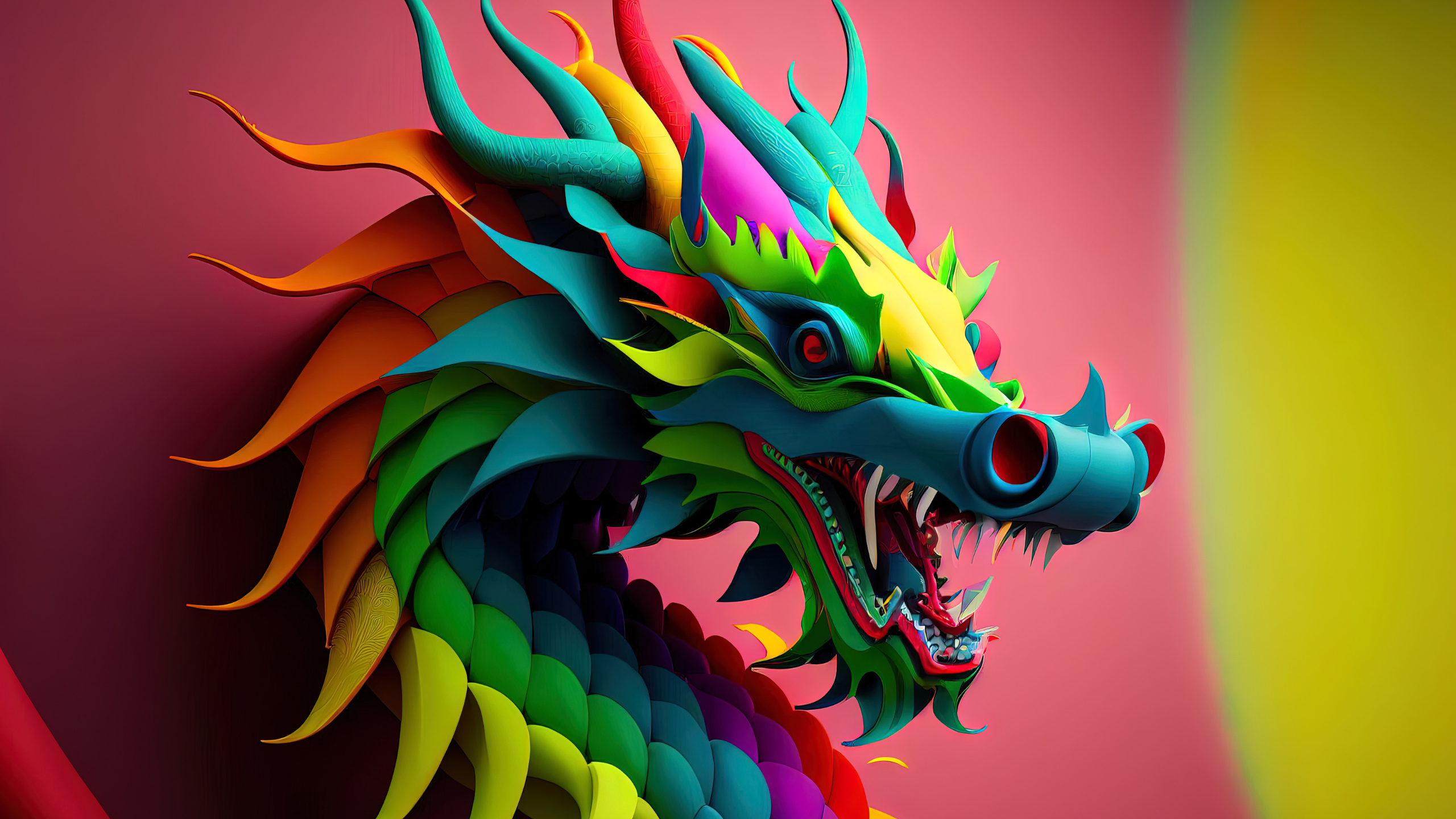Unraveling the Meaning of Sturdy Dance

The rhythm of dance has always been deeply ingrained in human history, but some dances hold a special significance—they’re not just about personal expression or entertainment, but about telling a story, preserving tradition, or celebrating life itself. One such dance that echoes through the corridors of time, underscored by its ritualistic fervor, is the sturdy dance. In this piece, we dissect the captivating story of sturdy dance—shaped by the beats of tradition, understood through cultural tapestries, and celebrated in the modern global dance stage.
Introduction
Amid the kaleidoscope of the world’s diverse dance forms, ‘sturdy dance’ stands as a testament to endurance, resilience, and the power of expression. Often vibrant, at times solemn, it’s a dance that channels an ethos much deeper than its outward exuberance suggests. With roots that dig deep into the soil of cultural heritage, the sturdy dance is a phenomenon that warrants exploration.
Defining Sturdy Dance
The sturdy dance, known by various names in different regions, is typically characterized by strong, rhythmic movements. It’s often performed in unison, sometimes to tell a story, commemorate a historical event, or mark the changing of seasons. This dance is not about elegance, but about strength, passion, and sometimes, a hint of defiance.
Cultural Variability
Cultural contexts profoundly infuse the sturdy dance with meaning. For some, it’s a rite of passage, while for others, it’s a mark of unity and community. Exploring the meaning of sturdy dance takes us on a global tour, where we find variations of this dance form serving as a reflection of the unique perspectives and narratives of different peoples.
Exploring the Roots
Before one can truly understand the meaning of the sturdy dance, they must traverse its historical avenues. It’s a dance that rebelled against suppression and embraced liberation; it’s a dance that transformed and evolved, mirroring the cultural landscapes that nurtured it.
The Historical Origins
The sturdy dance finds its genesis in the celebratory and sometimes solemn occasions of communities across the globe. Its origins can be traced back to ancient ritual dances that were performed to please the gods, bless the harvest, or sanctify a rite of passage. These beginnings imbued the dance with a sense of sacredness and purpose.
Symbolism and Tradition
The movements of the sturdy dance are laden with symbolism. Traditionally, each step, each sway, and each leap conveyed a message or paid homage to an unspoken code. This symbolic power made the sturdy dance a revered art form, embodying the very spirit of the community it represented.
Modern Interpretations
As time progressed, so did the expression and execution of the sturdy dance. Its modern interpretations reveal a dance form that is flexible and adaptable, yet firmly rooted in its heritage.
Contemporary Relevance
In contemporary society, the sturdy dance has found new life and new meaning. Today, it may be used to protest, to unite, or simply to celebrate the present. The sturdy dance has become a canvas on which modern stories are written, using the age-old moves to articulate the challenges and changes of a society in motion.
Impact on Art and Entertainment
The influence of sturdy dance permeates various art forms and entertainment. From music videos that feature the dynamic dance sequences to films that place it at the center of an emotional narrative, the sturdy dance is a powerful tool that adds depth and dimension to creative works.
Cultural Significance
The sturdy dance is not just a performance; it is an experience that embodies the spirit of the community that practices it. Its cultural significance is multifaceted, touching on aspects of social fabric, spirituality, and a zest for life.
Social Integration and Unity
Communities often come together to perform the sturdy dance, blurring lines and fostering unity. It’s an opportunity to set aside differences, as individuals join in the collective expression of movement, creating a powerful sense of oneness.
Spiritual and Celebratory Aspects
Many significant cultural celebrations feature the sturdy dance as a highlight, emphasizing its role in expressing joy, gratitude, and spiritual connection. It becomes a conduit through which the community’s emotions are channeled and celebrated.
Influence on Music, Fashion, and Lifestyle
The influence of the sturdy dance extends beyond the dance floor. It finds its way into the very notes of musical compositions, the clothes that are worn, and the way of life of those who perform it.
Beats and Melodies
Music and dance are often inseparable. The syncopated beats and melodies of the sturdy dance dictate not only the choreography but also the essence of the music that accompanies it. The two intertwine to create a symphony of movement and sound.
Fashion and Style
The attire worn during the performance of the sturdy dance is a statement in itself. It mirrors historical clothing or reflects contemporary trends, all the while serving to accentuate the visual aspect of the dance, adding to its allure and storytelling capacity.
Lifestyle and Mindset
For many, the sturdy dance is more than a form of entertainment—it’s a lifestyle. Its practitioners adhere to a mindset that values tradition, community, and the indomitable human spirit. It’s a way of life that resonates with those who seek to live life with passion and purpose.
Conclusion
The sturdy dance is an enigmatic tapestry woven from the threads of history, resilience, and unity. Its intricate patterns and vibrant colors reflect the diversity and strength of human culture. To engage with the sturdy dance is to partake in a meaningful celebration, a significant rite, or a powerful declaration. It endures across generations, inviting us to appreciate, learn, and, perhaps, join in the dance.
Through understanding the meaning of the sturdy dance, we not only gain insight into the cultures that practice it but also unlock a wellspring of creativity and human connection. It’s a dance that tells the story of people and their world, and its appeal is as sturdy and profound as the dance itself.
In closing, we encourage readers to not only continue their exploration of the sturdy dance but also to extend this quest for understanding to other cultural phenomena. By enriching our lives with the meaning and context behind our global tapestry of traditions, we foster empathy, appreciation, and a richer, more enlightened existence. Whether dancer or spectator, the sturdy dance and its ilk have much to offer—a vibrant, living legacy waiting to be embraced.



